Auction news: a booming trade in Asian art
Japanese porcelain, Indian diamonds and a 16th century portrait with an intriguing history
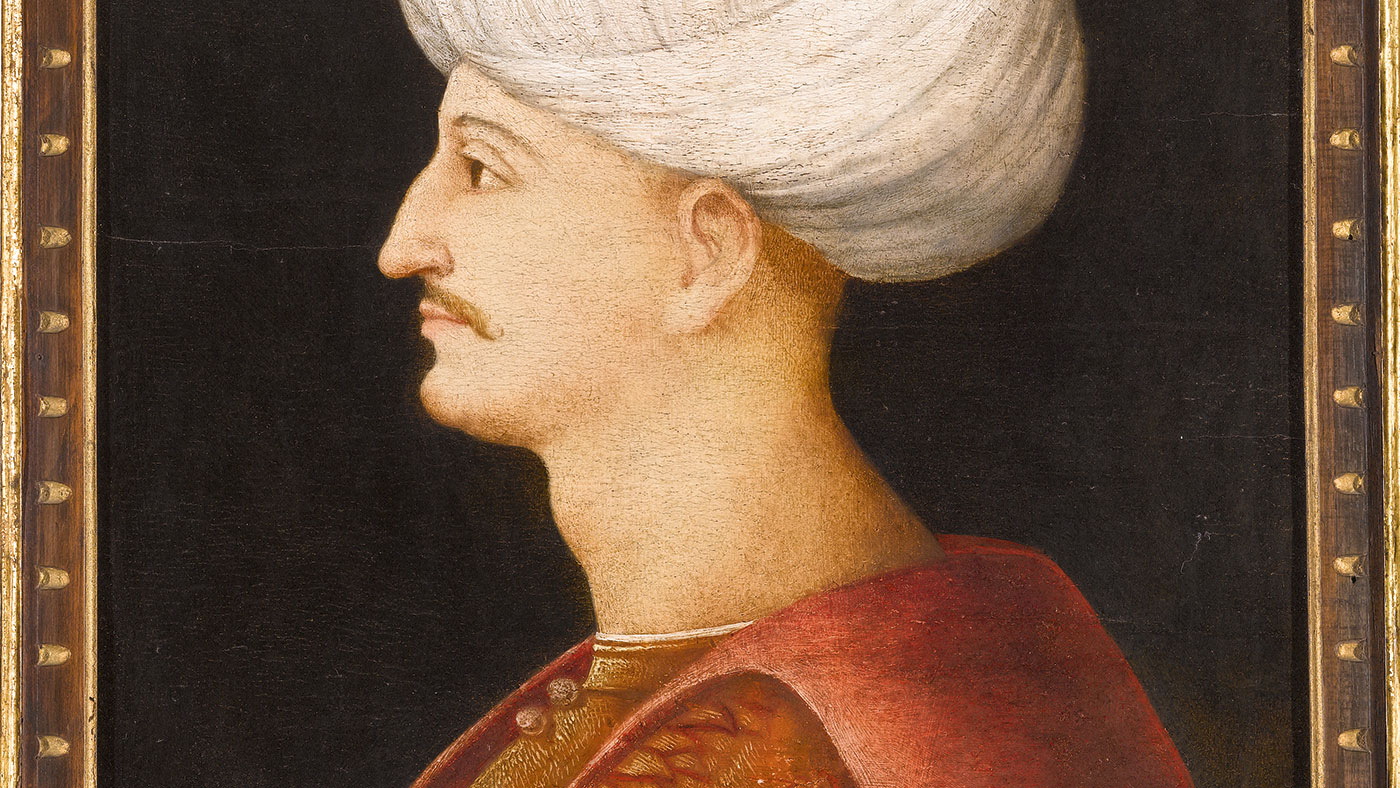

“The prices of Asian antiques and artworks have rocketed over the past decade, driven by demand from wealthy Asian buyers seeking to reclaim a part of their heritage,” says Victoria Brzezinski in The Times. Kakiemon, a style of Japanese porcelain from the late-17th century onwards, is a case in point. It was originally made and exported to the grand houses of Europe by the Dutch East India Company, Mark Hinton, head of Japanese artworks at Sotheby’s, tells Brzezinski. And centuries later, Kakiemon, along with Japanese porcelain in general, is still seeing “greater interest” from collectors. That shouldn’t be a surprise. Eastern styles have a long history of influencing Western artists, and vice versa.
A lost original?
The Week
Escape your echo chamber. Get the facts behind the news, plus analysis from multiple perspectives.

Sign up for The Week's Free Newsletters
From our morning news briefing to a weekly Good News Newsletter, get the best of The Week delivered directly to your inbox.
From our morning news briefing to a weekly Good News Newsletter, get the best of The Week delivered directly to your inbox.
One of the most eye-catching recent sales was the portrait from around 1520 of a youthful Suleyman the Magnificent (pictured), the all-conquering Ottoman emperor. It had been attributed to “a follower of Gentile Bellini”, the great Venetian master, as stated in the Sotheby’s auction catalogue, which rather teasingly added right at the end of the note: “one can sense Bellini’s subtle technique in the modelling of the face and clothing of the Sultan”. Sadly, the great Venetian artist died in 1507, so it’s unlikely to be by him.

But there is a sneaking suspicion that the painting is the “lost” original from which other portraits of Suleyman stemmed, including one by Albrecht Dürer. Because the Ottoman emperor would never do something as gauche as sit for a portrait, European artists accompanying foreign embassies to his court made sketches. Other artists, such as Dürer, borrowed from those sketches for their own works. We’ll probably never know if the painting is the lost original, although certain resemblances, such as in the shape of the turban and features in the face, point towards this connection, says Sotheby’s.
The three bidders who fought over the painting were presumably sold on the idea. The portrait sold for an astonishing £5,323,500 in London – 18 times its pre-sale estimate.

Talking of turbans, a stunning diamond turban ornament is heading for auction as part of the Christie’s sale Maharajas & Mughal Magnificence in New York next month. It was remodelled in the mid-1930s. And while its gems are Indian, its plume of diamonds and white feathers “capture the creative fusion of East and West”, says Sarah Royce-Greensill in The Daily Telegraph. This fusion can also be seen in the “extraordinary” diamond devant-de-corsage, created by Cartier in the belle epoque style in 1912, and the “exquisite” ruby, diamond and pearl Patiala ruby choker, created by Cartier in 1931.
A free daily email with the biggest news stories of the day – and the best features from TheWeek.com
It became the fashion in the first decades of the 20th century for Indian maharajas to send their gemstones to Europe to be made into jewellery by the most sought-after designers on the continent. Maharaja Bhupinder Singh of Patiala, for example, “was one of Cartier’s most important Indian clients of the 1920s and 1930s, often travelling to Paris with trunks of diamonds and gemstones from his treasury for Cartier’s workshops to produce incredible jewels”, says Christie’s. The auction house hasn’t released any estimates for the sale on 19 June, but the 400-odd items from the Al Thani collection of Qatar’s ruling family are sure to appeal to collectors – both Eastern and Western.

The world’s biggest rocks
The diamonds heading for auction at Christie’s may be spectacular, but even they can’t compete with the Cullinan. It was discovered at a South African mine in 1905, and remains the biggest rough diamond ever found at 3,106 carats.
It was so large, says The Daily Telegraph, that the manager who found it first dismissed it as a piece of rock crystal. The government of the South African Transvaal Colony bought the diamond for £150,000 in 1907 and gifted it to Edward VII. MJ Levy & Nephews, London diamond brokers, then advised the king that only the Asscher Company in Amsterdam could be entrusted with the risky cutting and polishing.
The resulting diamonds today form part of the Crown Jewels. But on 30 April in London, Bonhams sold replicas, along with the original contract and accompanying documentation from 1908 for the cutting of the stone, for £21,312.
Coincidentally, the cutting of the world’s second-biggest rough diamond was announced last week by Laurence Graff, reports The New York Times. The London-based diamantaire had paid $53m in 2017 for the 1,109-carat Lesedi La Rona, discovered in Botswana two years earlier. The largest of the resulting cut diamonds, at 302.37 carats and revealed last month, was the newly named Graff Lesedi La Rona. Cutting the diamond was a fraught process lasting 18 months, said Graff. “The stone was at risk virtually every day.”
This article was originally published in MoneyWeek
-
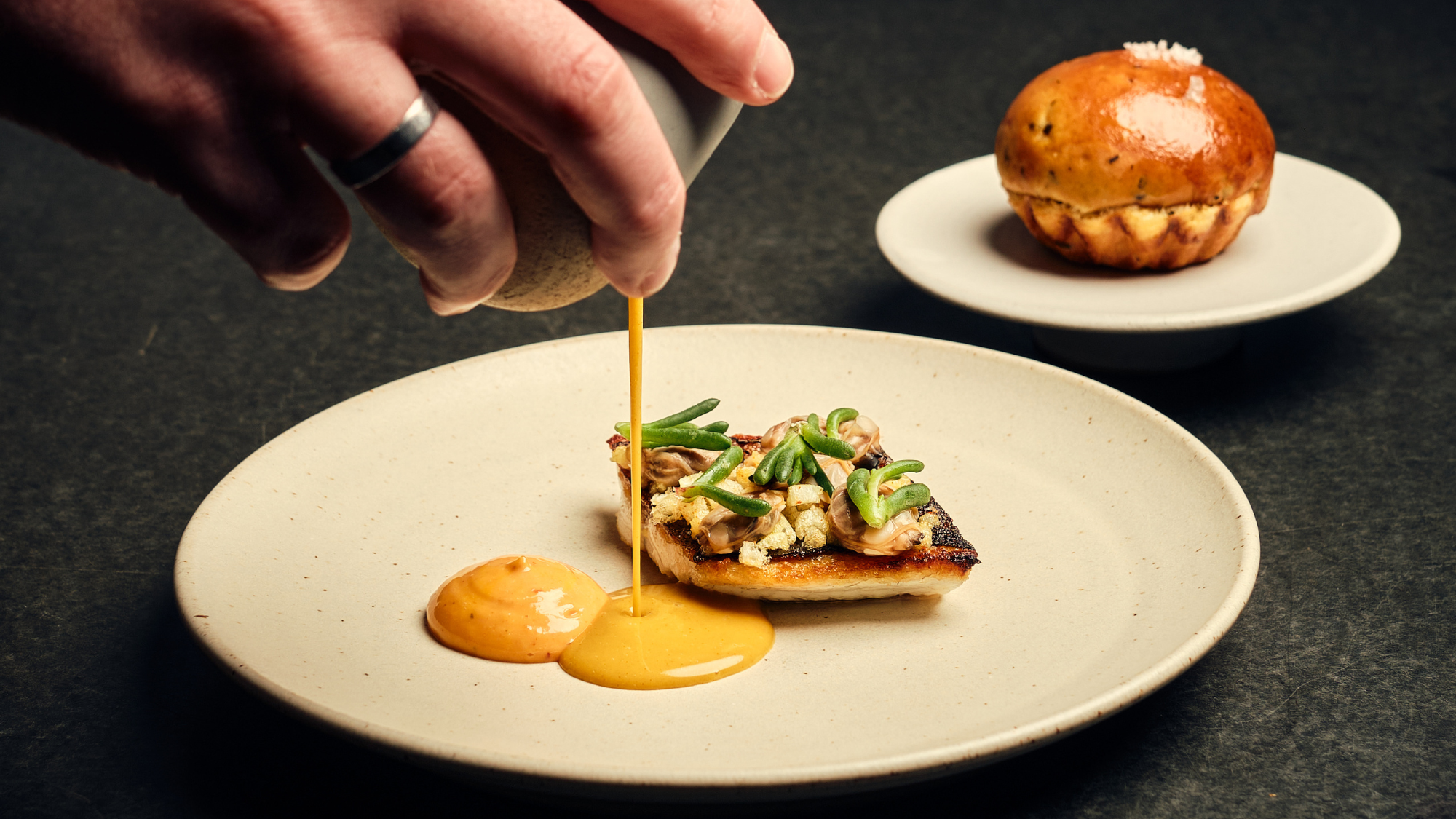 A foodie guide to Edinburgh
A foodie guide to EdinburghThe Week Recommends Go all-out with a Michelin-starred meal or grab a casual bite in the Scottish capital
-
 Political cartoons for December 24
Political cartoons for December 24Cartoons Wednesday's political cartoons include Christmas in Greenland, grinchflation, and California floods
-
 Is there a Christmas truce in the Starmer farmer ding-dong?
Is there a Christmas truce in the Starmer farmer ding-dong?Today’s Big Question There’s an ‘early present’ for farmers but tensions between Labour and rural communities remain
-
 The rise of the lost luggage auction
The rise of the lost luggage auctionIn the Spotlight Lost luggage hauls are attracting millions of views online
-
 Most US adults ‘have been visited by dead relative’
Most US adults ‘have been visited by dead relative’feature And other stories from the stranger side of life
-
 Collectables: the market in Tintin artwork takes off
Collectables: the market in Tintin artwork takes offThe Week Recommends Tintin, the Belgian boy-reporter cum adventurer, is in demand once again
-
 The art world goes online with virtual auctions
The art world goes online with virtual auctionsSpeed Read The pandemic has presented new challenges for auction houses
-
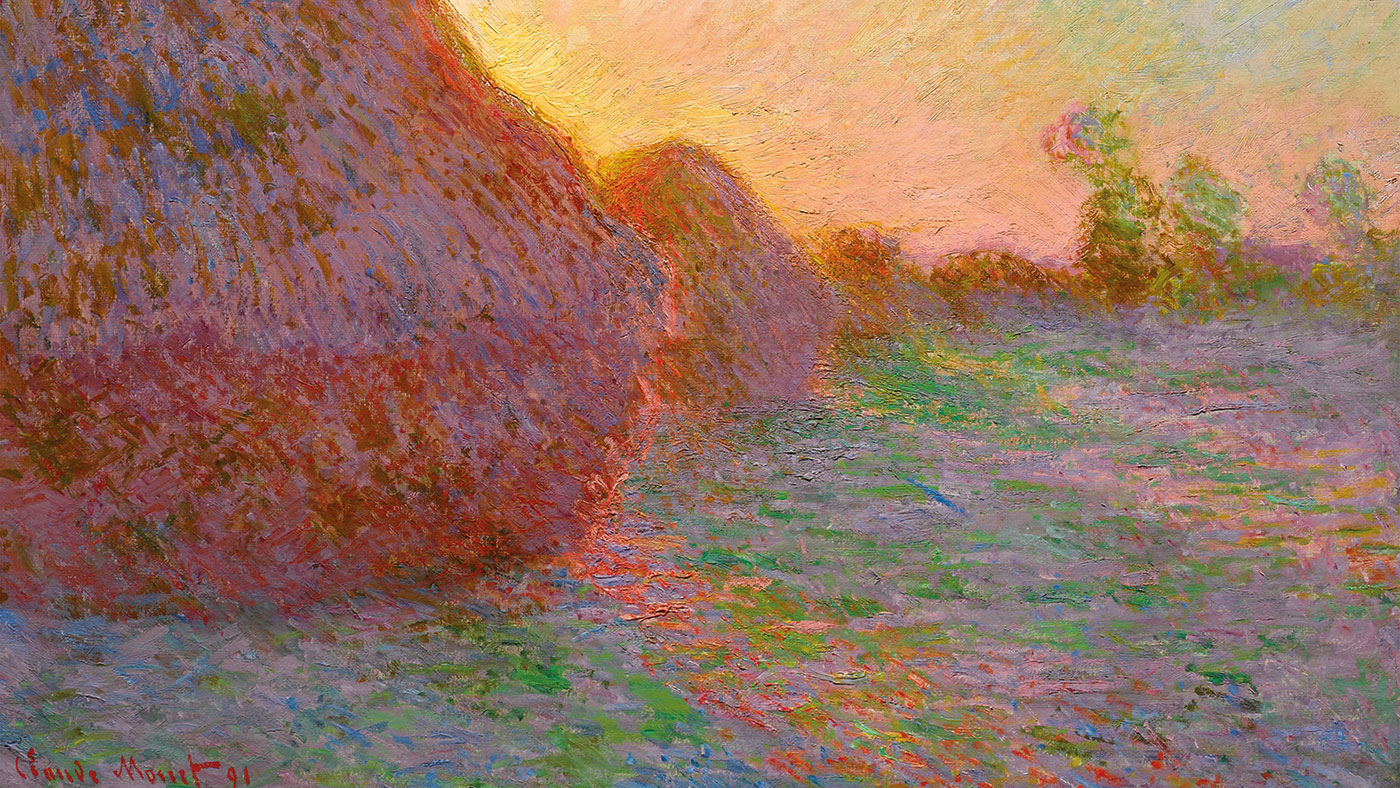 The art market endures after a jittery 2019
The art market endures after a jittery 2019Speed Read Wealthy Americans step up to help calm the art market’s jitters
-
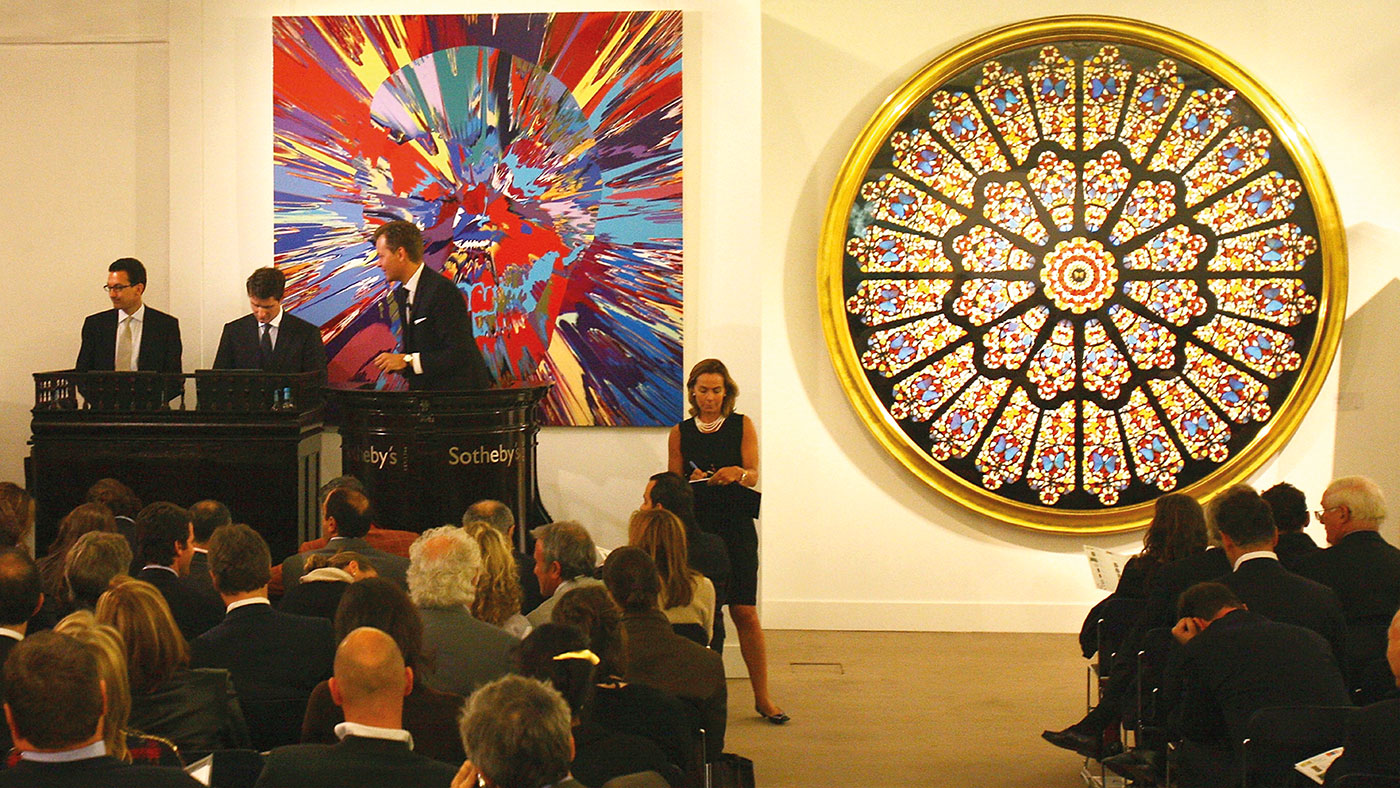 Auctions: what you should know before you go
Auctions: what you should know before you goIn Depth Auctions showcase items ranging from classic cars and comic books to jewellery and toys.
-
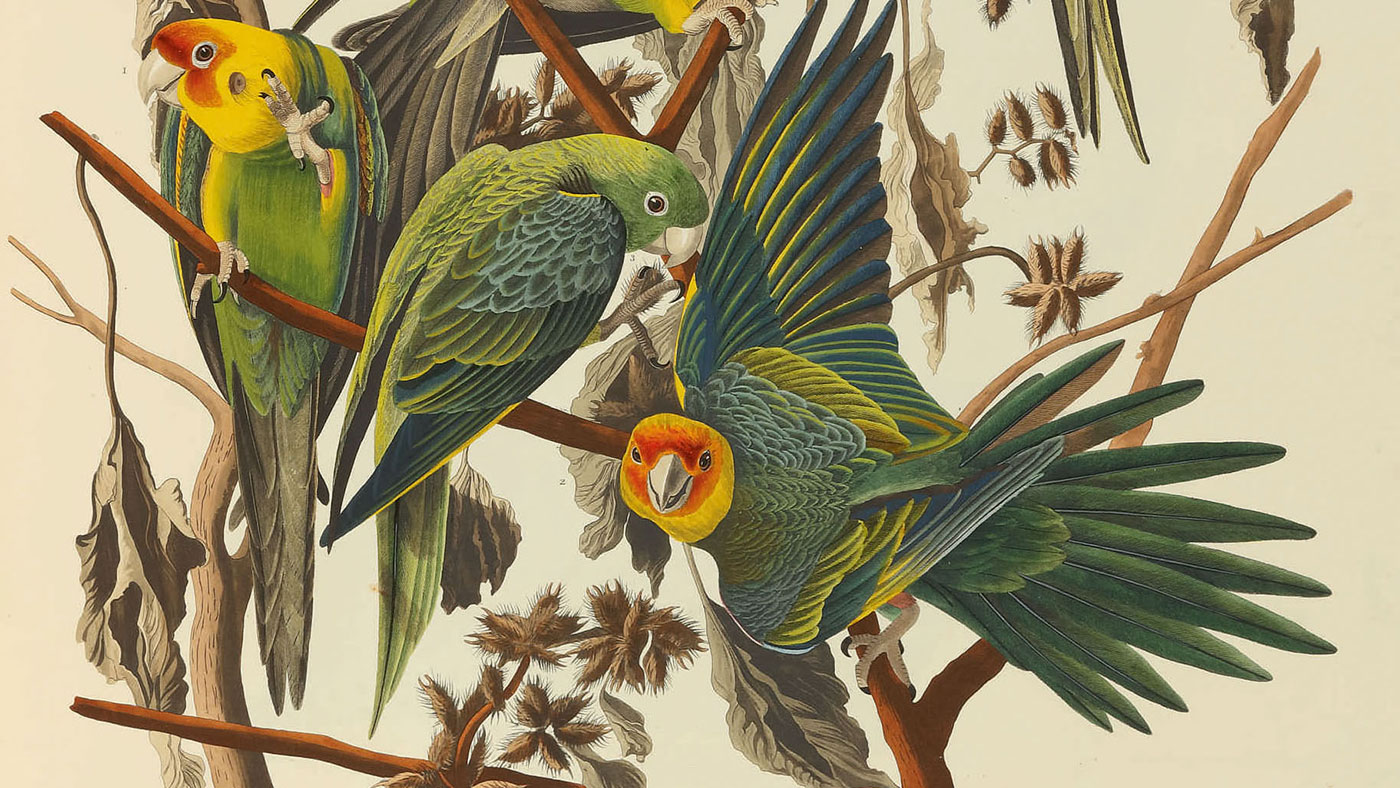 The world’s most beautiful book set for $8m sale
The world’s most beautiful book set for $8m saleSpeed Read John James Audubon’s stunning The Birds of America is up for auction.
-
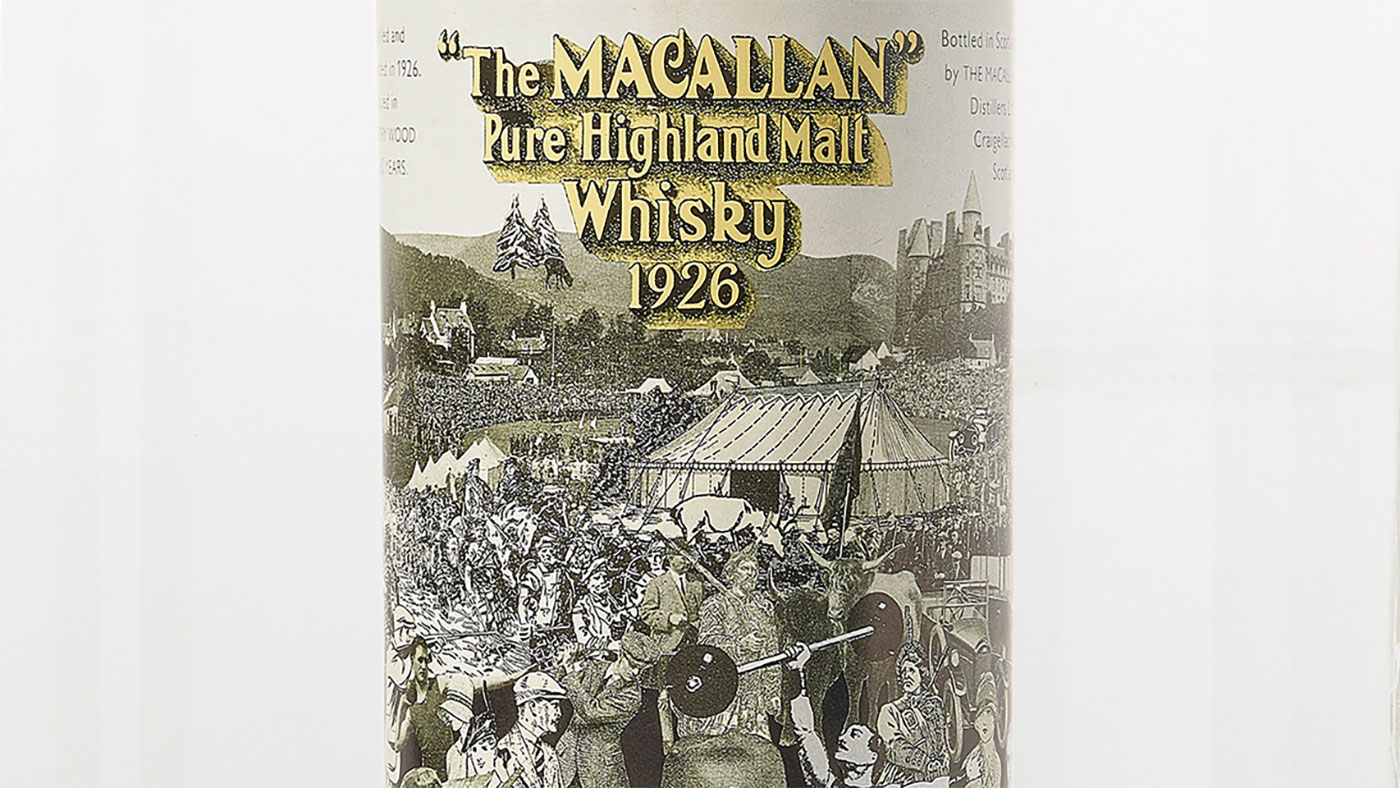 Scotch whisky heads east
Scotch whisky heads eastIn Depth Asian markets are thirsty for collectable whiskies